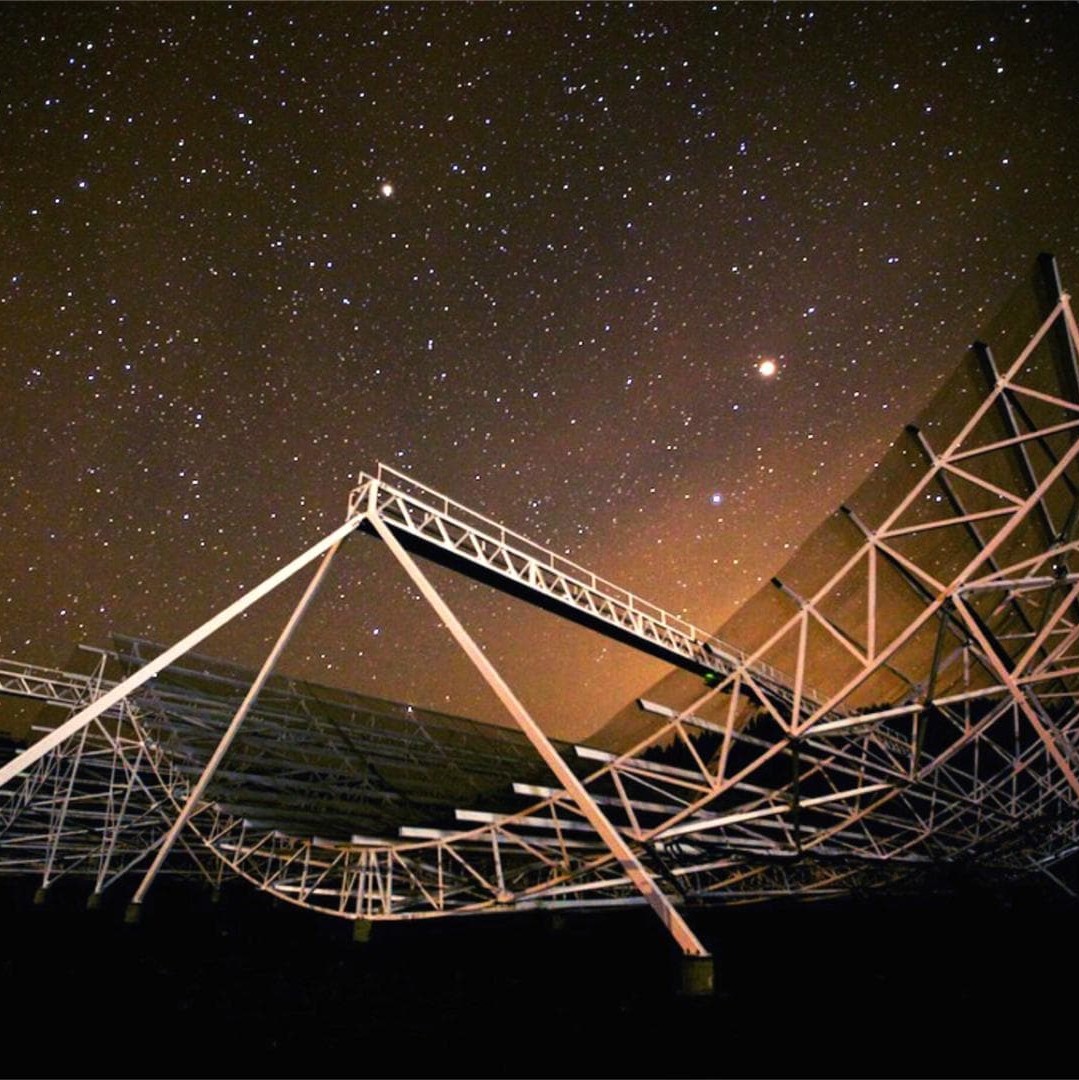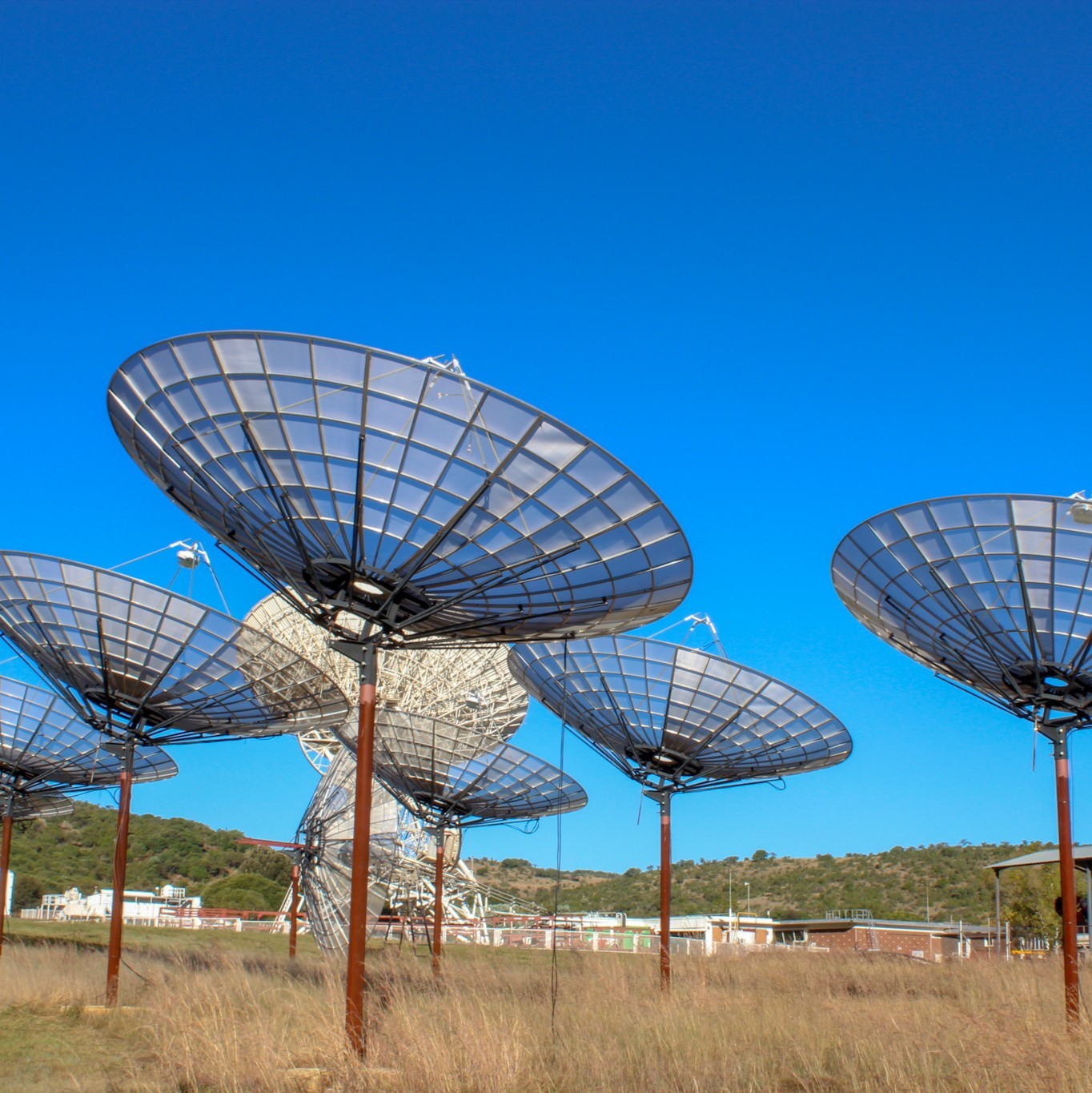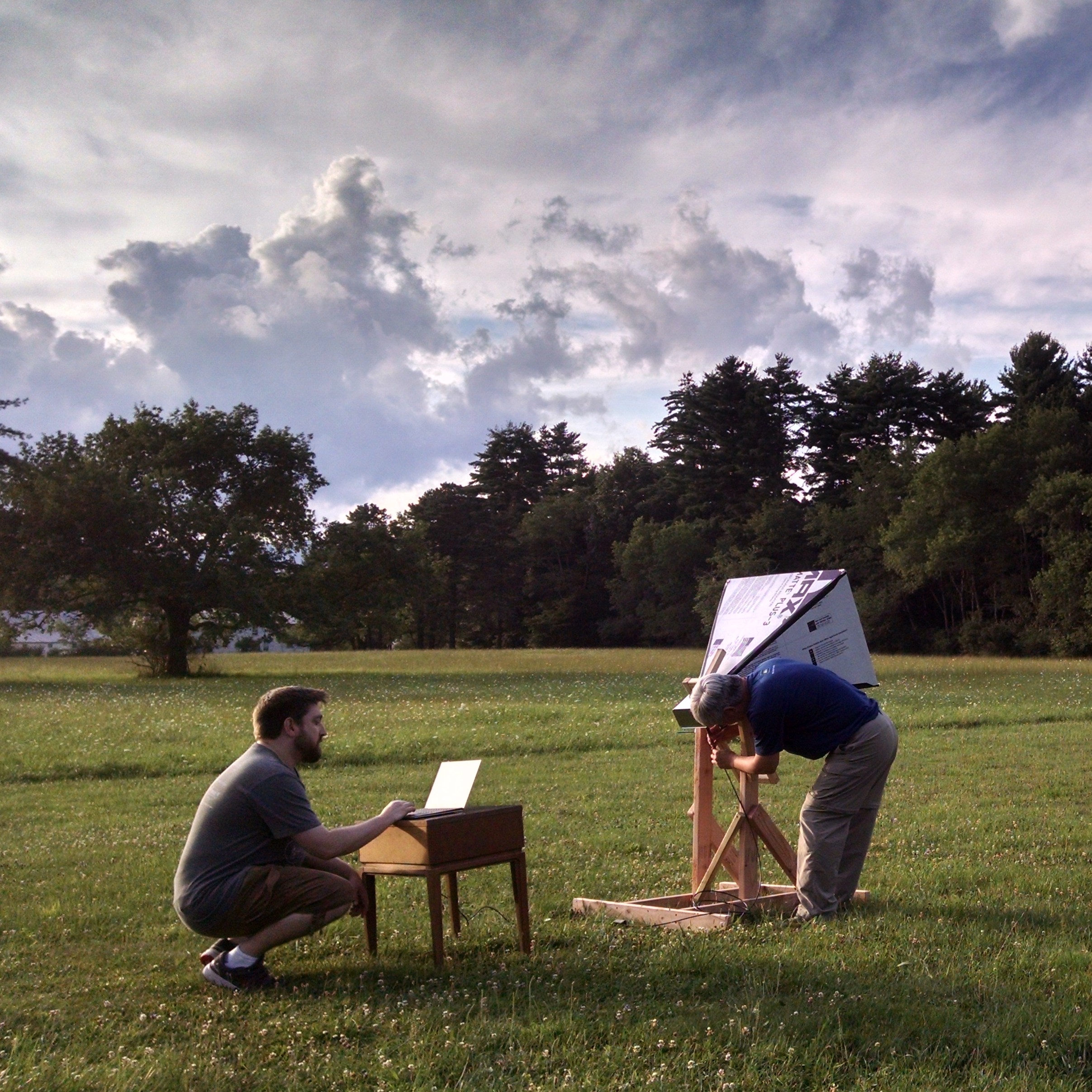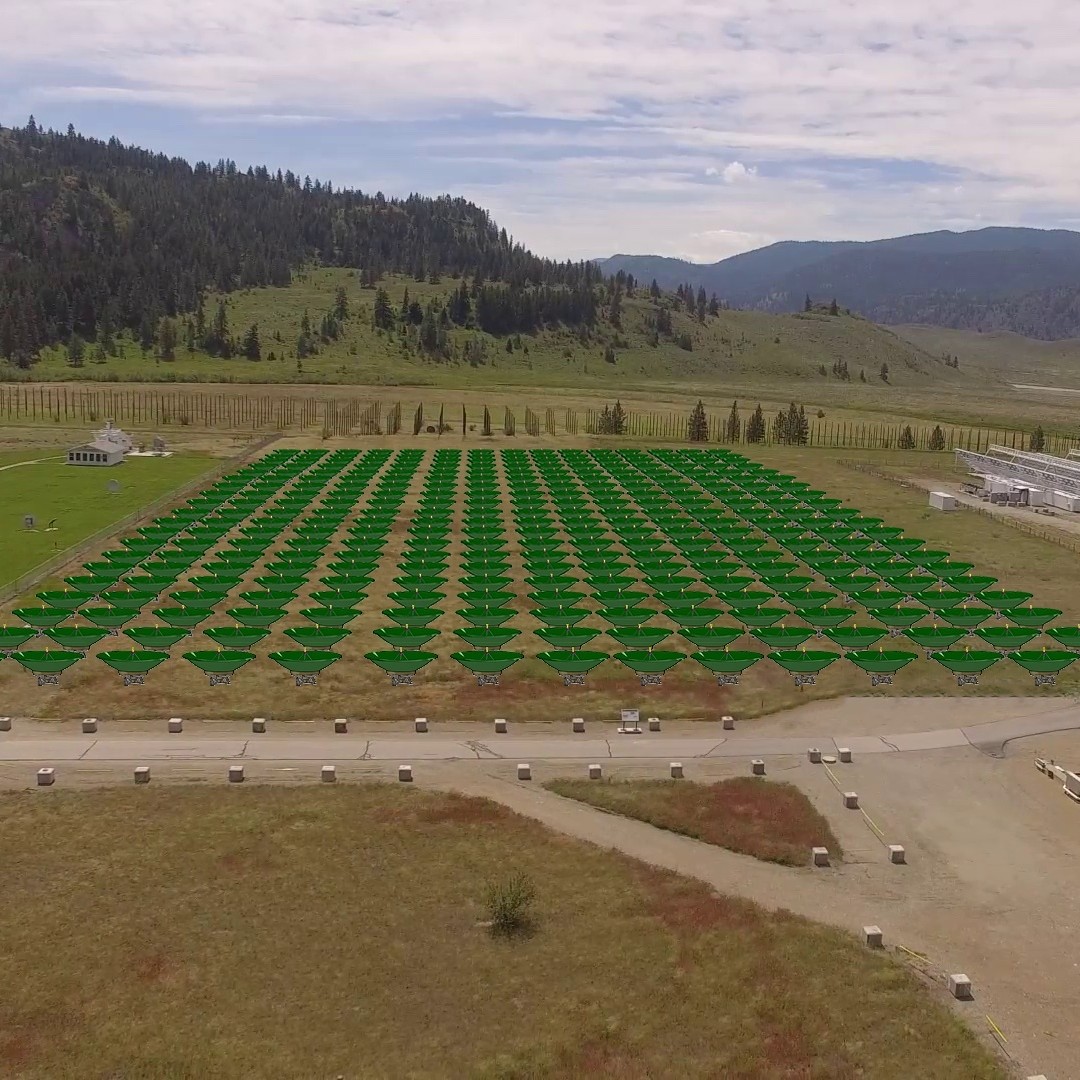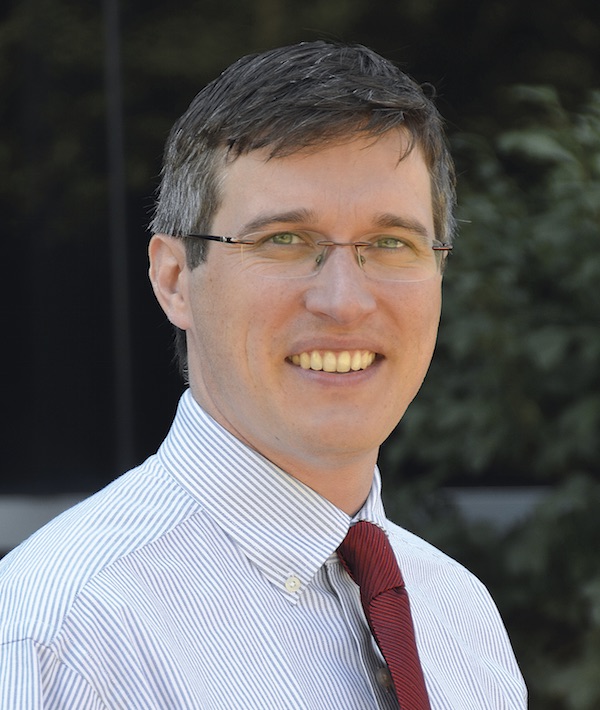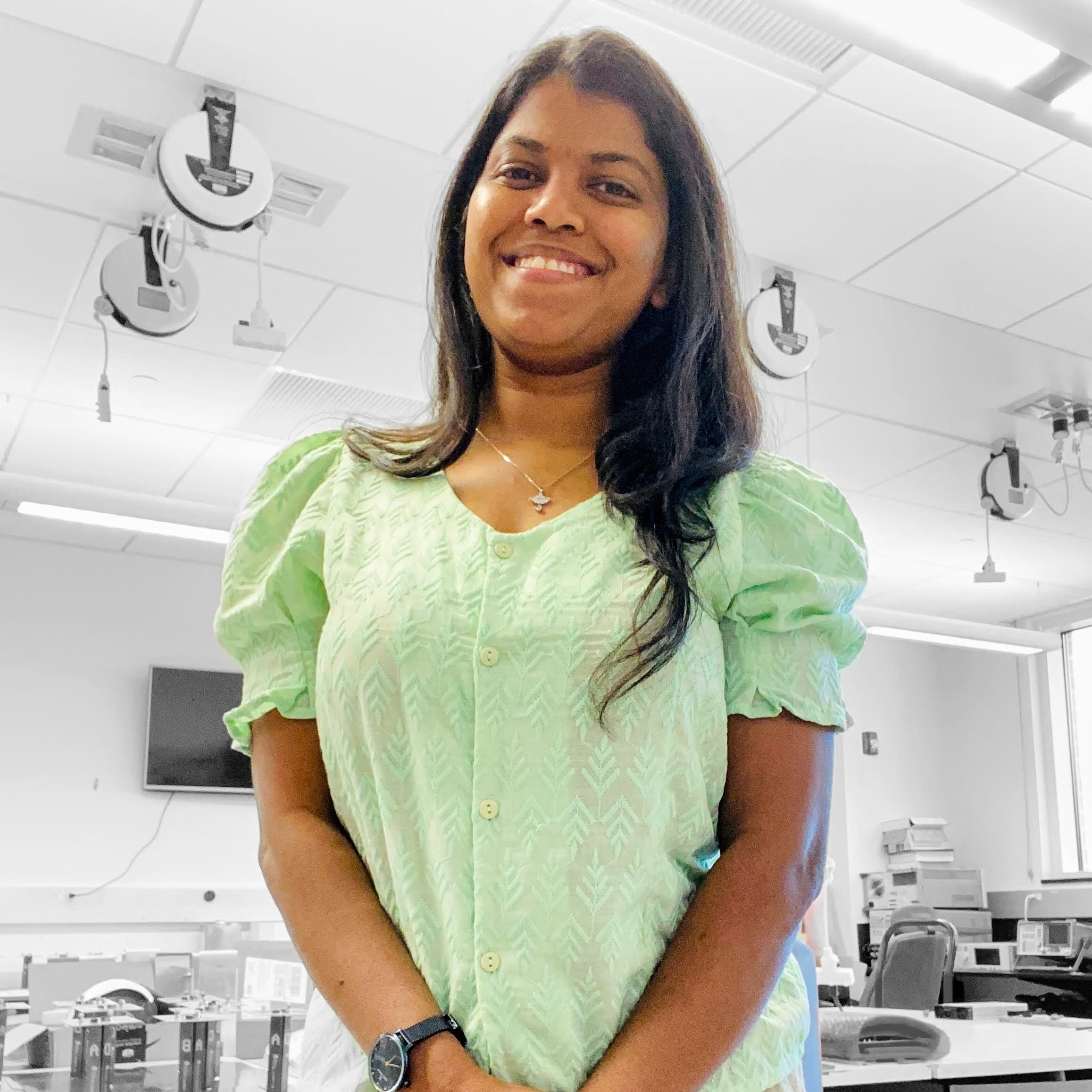WVU ⏦ RAIL
West Virginia University's Radio Astronomy Instrumentation Laboratory specializes in the development of new telescopes and cutting-edge technologies for exploring the cosmos. Our primary goal is to make groundbreaking discoveries related to phenomena such as Cosmology, Fast Radio Bursts, and Pulsars. To achieve this, we design and construct large analog and digital systems that exhibit exceptional sensitivity and can readily adapt to emerging opportunities.
The development of new telescopes, dedicated to surveying extensive sections of the sky, necessitates innovative designs and the implementation of massive computing systems. Currently, we are actively constructing these novel telescopes in locations including West Virginia, California, Canada, and South Africa.
In addition, our center's researchers have been an integral part of the CHIME Fast Radio Burst Team, a team that was recently honored with the 2022 Lancelot M. Berkeley − New York Community Trust Prize for Meritorious Work in Astronomy.

